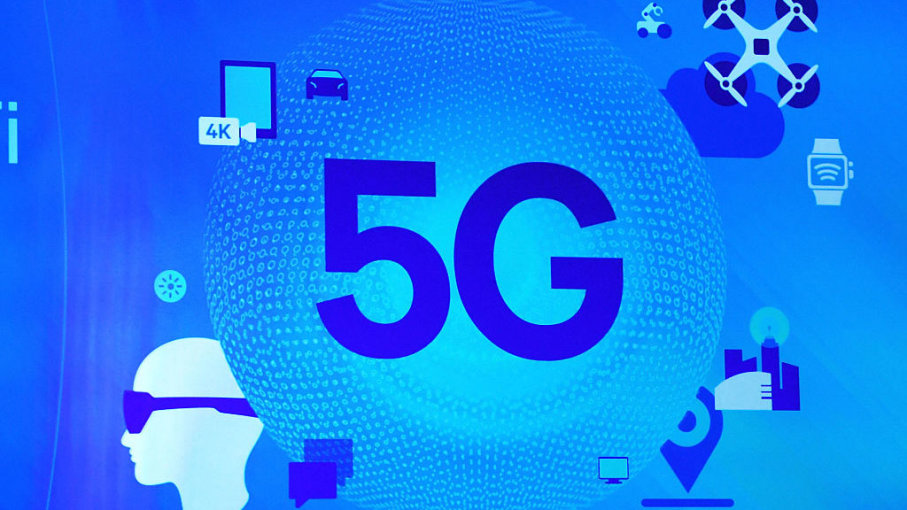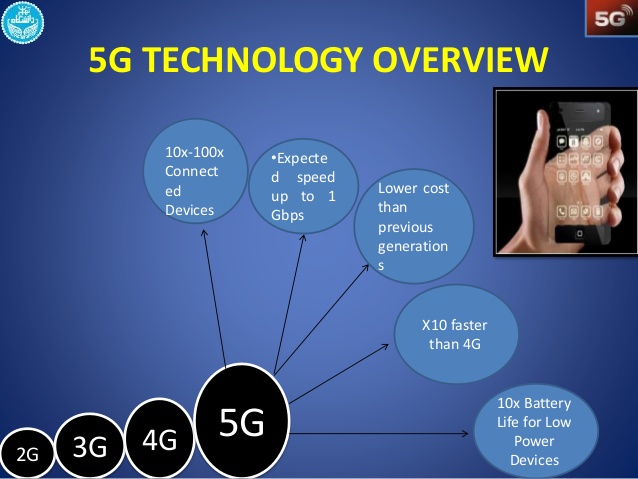The development of the next mobile communication standard 5G is progressing. Now it becomes clear that the frequency range of around 3.5 gigahertz will be the basis for 5G mobile networks worldwide. Confirmed Eros Spadotto from Canadian provider TELUS at the Huawei Global Mobile Broadband Forum in London. Even the network outfitter Huawei pleads for this frequency range in a position paper, summarizes it at 3.3 to 4.2 GHz but something further. Frequency spectrum in the range between 3.4 GHz and 3.8 GHz will be awarded in 2018 in many European countries, including a corresponding frequency auction is planned in Germany. In Canada, according to TELUS, an auction is expected in 2019.
5G Network Frequency: 3.5 GHz to start
The frequency range around 3.5 GHz will be available worldwide in many countries for mobile phone use. However, the area is not exactly defined yet, in most countries preparations are currently underway for the allocation of frequencies to the mobile network operators and the exact “limits” of the auctioned radio spectrum are not yet known. Huawei speaks in its position paper from the C-band, more specifically between 3.3 to 4.2 and 4.4 to 5.0 GHz. In order to expand 5G networks in a timely manner, the core range between 3.3 and 3.8 gigahertz is important, according to Huawei, and should be made available to network providers as quickly as possible.
Some carriers in Europe uses the frequency range of 3.7 GHz in its 5G test network in Berlin, where it reaches speeds of 2 GBit/s, and the range is around 400 meters. The network provider expects the launch of the first 5G networks in exactly this frequency range, more specifically between 3.5 GHz and 3.9 GHz .
5G: more frequency ranges later
Although the range around 3.5 GHz will probably be used in many countries worldwide as a “base band” for 5G: significantly more radio spectrum is needed to achieve the need for bandwidth on the one hand and very good network coverage on the other. Huawei proposes three different “layers” in its position paper: the 3.5 GHz band should be sufficient as a “coverage and capacity layer” for most applications. On the other hand, very high speeds will demand significantly more radio spectrum, which will then be made available in the “Super Data Laye ” – probably in the cmWave range around 28 gigahertz. Bruno Jacobfeuerborn, head of technology at Germany Telekom, assumes that at the start of 5G in the year 2020, this “super data layer” is not available, but only later expanded.
The third very important part in the 5G frequency spectrum is the so-called “Coverage Layer“. So the area with which a huge network coverage can be achieved. It does not depend on extremely high data rates, but on the fact that a basic supply of 5G can be made available almost everywhere. Huawei proposes in its position paper for the “Coverage Layer” the frequency range below 2 GHz, which is currently used by GSM, UMTS and LTE. It is conceivable, therefore, that the network operators integrated the existing LTE networks into their 5G networks, making LTE an integral part of 5G. According to Eros Spadotto, the Canadian provider TELUS assumes that the frequency range around 600 MHz will be used in North America for the “Coverage Layer” of 5G. In Europe, the area around 700 MHz is more likely to be used for this purpose.

